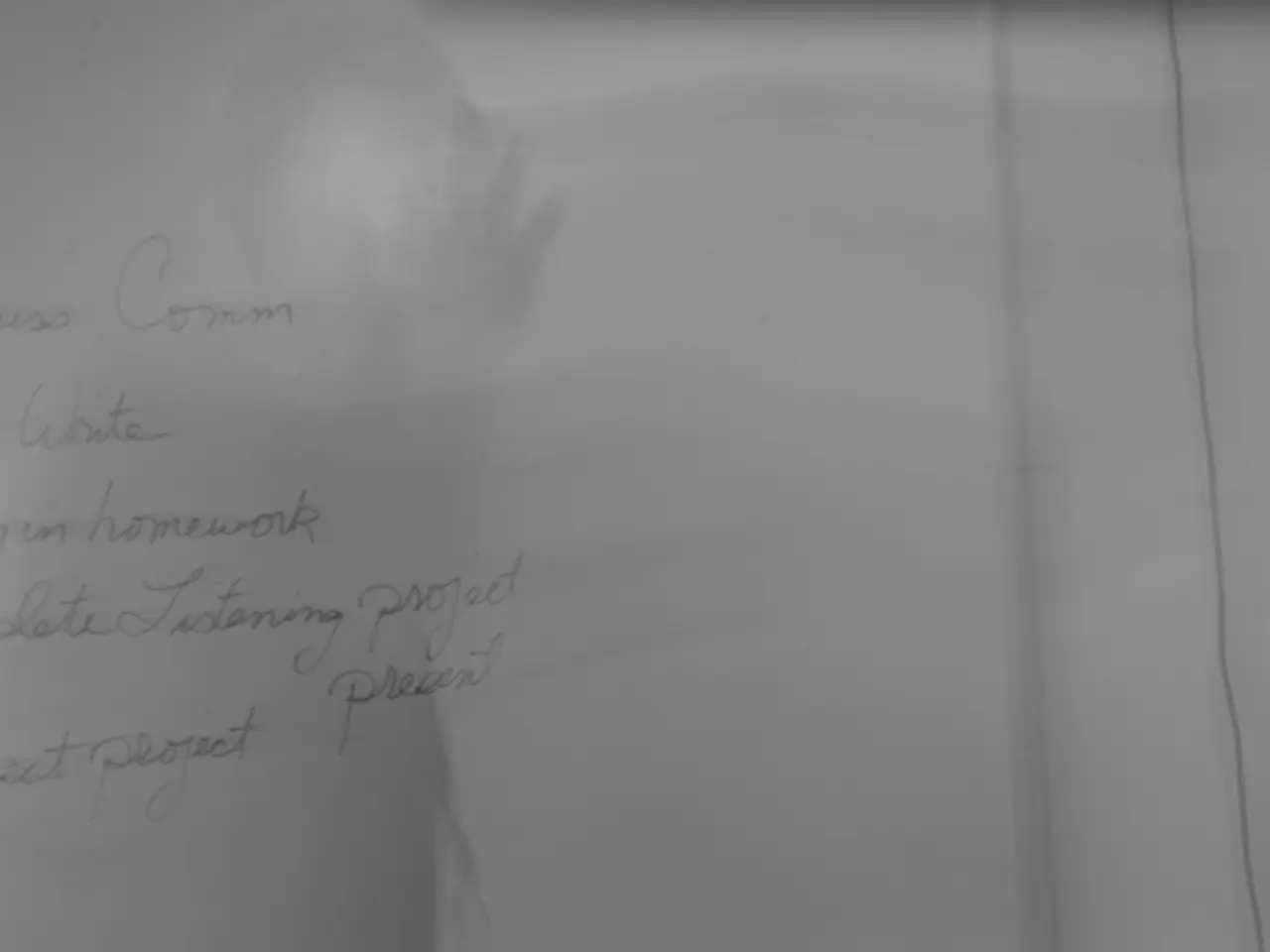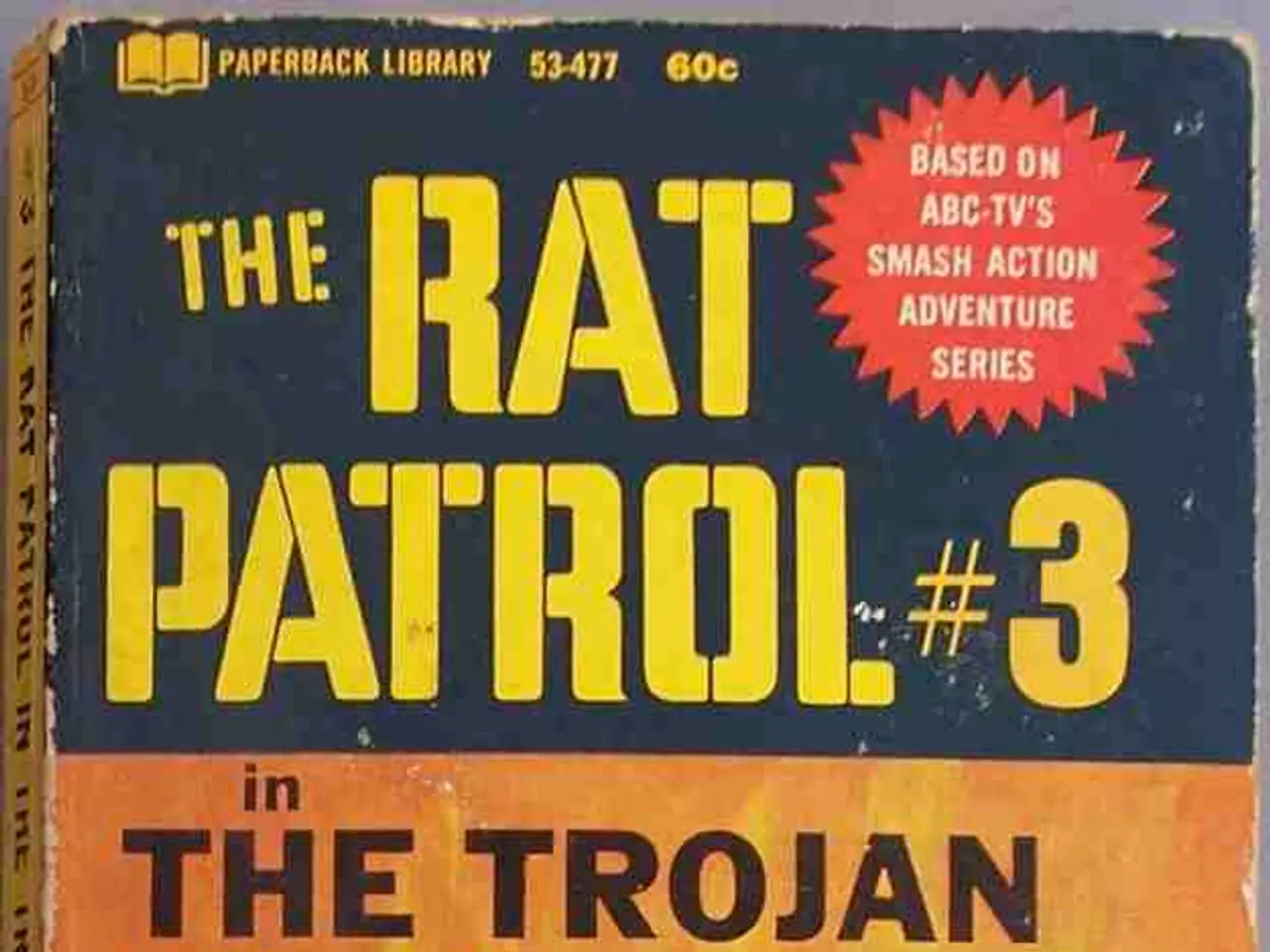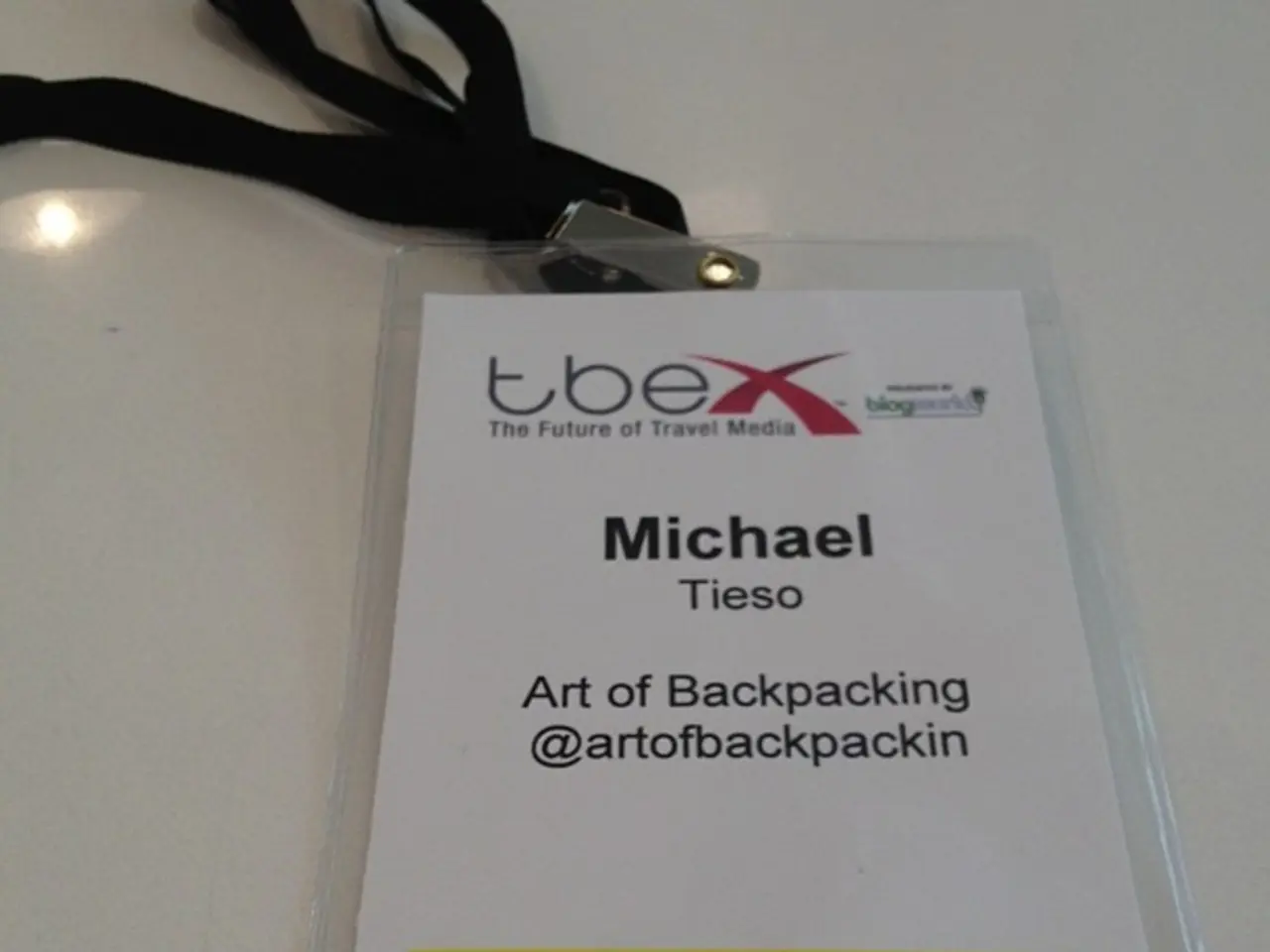Shodaizing Ishiba Advocates for Amendment of American Executive Order on Import Taxes
In a significant development, Japanese Prime Minister Shigeru Ishiba has urged the United States to revise President Donald Trump's executive order on reciprocal tariffs. The order, which went into effect on August 7, 2025, has established updated country-specific tariff rates, including on Japan.
Despite the request, as of early August, there has been no official amendment or special tariff rate adjustment in the order itself to reflect the bilateral agreement between Tokyo and Washington. The Japanese government, however, has confirmed with the U.S. side that there are no misunderstandings between the two nations regarding the agreement.
The executive order, issued on July 31, 2025, further modifies tariffs originally set in the April 2, 2025 order, after a 90-day pause allowed trade negotiations with partners, including Japan. The reciprocal tariffs generally overlay other existing tariffs and are calibrated based on trade deficits and negotiations.
The reciprocal tariff rate for certain products imported from Japan is now 15%. However, the Japanese government has explained that the reciprocal tariff rate for products with a levy of less than 15% reflects the agreement between Tokyo and Washington. The pre-existing tariff is included in the new reciprocal tariff rate for these products.
Moreover, the agreement between Tokyo and Washington does not include the imposition of a reciprocal tariff on Japanese goods that are already subject to tariffs of 15% or higher. The Japanese government has expressed its concern over the impact of the new reciprocal tariffs on Japanese imports, and is advocating for revisions to the executive order to reflect the agreement between the two nations.
As the tariff regime's status remains dynamic, with various countries possibly securing deviations or adjusted rates through negotiation, the current baseline until potentially changed remains the formal executive order issued on July 31. The Japanese government, through various channels including at a ministerial level, is making strong requests for the revision of the order.
[1] "Reciprocal Tariffs: The New Executive Order and Its Implications." The Washington Post, 3 Aug. 2025. Web. 10 Aug. 2025. [2] "Trump's Revised Executive Order on Reciprocal Tariffs: What It Means for Japan." The Japan Times, 31 July 2025. Web. 10 Aug. 2025. [3] "Reciprocal Tariffs: A Closer Look at the Negotiations with Japan." The Wall Street Journal, 1 Aug. 2025. Web. 10 Aug. 2025. [4] "Reciprocal Tariffs: The Latest Developments and Their Impact on Global Trade." The Financial Times, 8 Aug. 2025. Web. 10 Aug. 2025. [5] "Reciprocal Tariffs: The Current Situation and What Lies Ahead." The Economist, 10 Aug. 2025. Web. 10 Aug. 2025.
- In light of the latest developments, media outlets such as The Washington Post, The Japan Times, The Wall Street Journal, The Financial Times, and The Economist have all published articles discussing the implications of President Trump's revised executive order on reciprocal tariffs for Japan, and the Japanese government's efforts to revise the order through negotiations and policy-and-legislation channels.
- The Japanese government's concerns over the impact of the new reciprocal tariffs on Japanese imports have been highlighted in various news articles, including "Reciprocal Tariffs: The Current Situation and What Lies Ahead" in The Economist, and these concerns are being closely followed by the general news sector, demonstrated in the multitude of articles on this topic in major news outlets.






